In the intricate tapestry of daily hygiene routines, the humble toothbrush stands as a cornerstone, weaving threads of oral health into the fabric of our wellbeing. Yet, amidst the myriad options available today—from traditional manual brushes to high-tech electric variants, varied bristle textures, and eco-friendly materials—navigating the landscape of toothbrush selection can feel akin to deciphering an ancient script. This comprehensive guide aims to unravel the enigma, empowering you with the knowledge to make an informed choice that aligns seamlessly with your dental health needs.
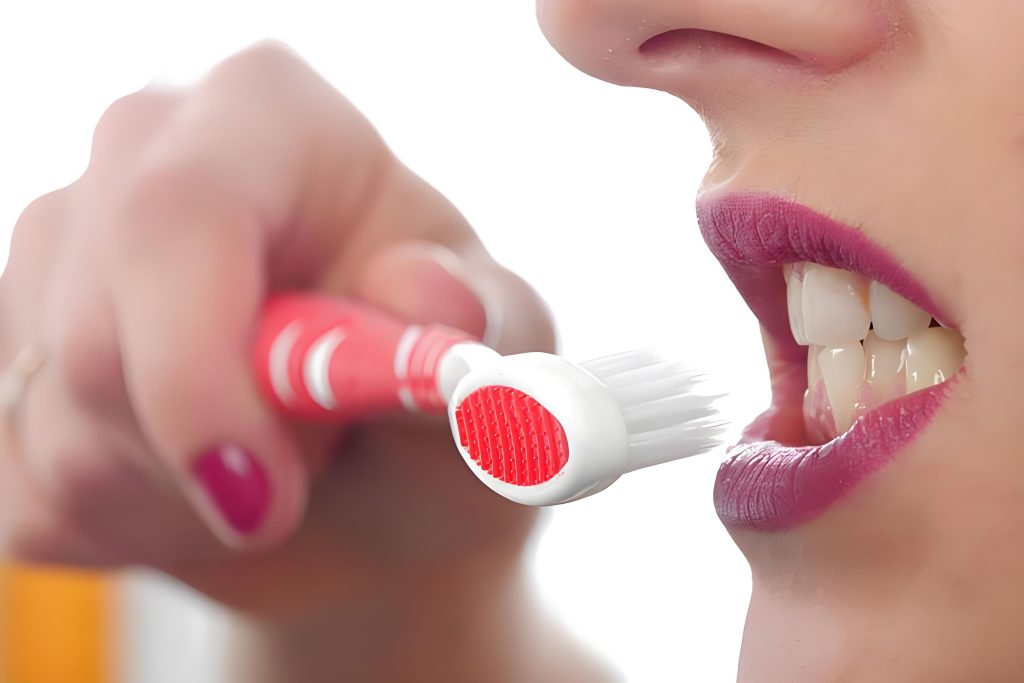
**1. Understanding the Basics: Manual vs. Electric Toothbrushes
The debate between manual and electric toothbrushes has persisted for decades, each side advocating its unique benefits.
Manual Toothbrushes:
- Cost-Effective: Generally more affordable, making them an excellent choice for budget-conscious consumers.
- Portability: Easy to carry and ideal for travel.
- Simplicity: No batteries or charging required, making them straightforward to use.
- Dexterity: Allow for more control over brushing angles and pressure, which can be beneficial for those with specific dental needs.
Electric Toothbrushes:
- Enhanced Cleaning: Oscillating-rotating or sonic technologies ensure more thorough plaque removal.
- Timer and Pressure Sensors: Many models come with built-in timers to ensure you brush for the recommended two minutes and pressure sensors to prevent enamel erosion.
- Convenience: Automate the brushing process, making it easier to maintain consistent hygiene habits.
- Suitable for Sensitive Teeth: Gentle modes cater to sensitive gums and teeth.
Ultimately, the choice between manual and electric toothbrushes boils down to personal preference, dental condition, and lifestyle. If you’re diligent with your manual brushing technique, a good-quality manual toothbrush might suffice. However, for those seeking a more efficient clean or struggling with plaque build-up, an electric toothbrush could be a game-changer.
**2. Bristle Types: Soft, Medium, or Hard?
The texture of toothbrush bristles plays a pivotal role in determining its effectiveness and safety.
Soft Bristles:
- Gentle on Teeth and Gums: Recommended by most dentists for everyday use.
- Suitable for Sensitive Teeth and Gums: Perfect for those prone to gingivitis or recession.
- Effective Cleaning: Can efficiently remove plaque without abrading enamel.
Medium Bristles:
- Balanced Cleaning: Offer a slightly firmer touch than soft bristles, suitable for those with moderate plaque accumulation.
- Caution: Not ideal for sensitive mouths; could potentially harm enamel if used incorrectly.
Hard Bristles:
- Aggressive Cleaning: Once popular but now largely discouraged due to their potential to damage enamel and gums.
- Specific Uses: Occasionally recommended by dentists for short-term use to remove stubborn tartar under professional guidance.
In summary, soft bristles are the safest and most versatile choice for most individuals. Medium bristles may be considered under specific circumstances but should be used with caution. Hard bristles should generally be avoided unless prescribed by a dental professional.
**3. Brush Head Design: Tailoring to Your Needs
Brush head design impacts both accessibility and cleaning efficiency.
Standard Head:
- Universal Fit: Suitable for most mouths.
- Effective Cleaning: Provides good coverage for general plaque removal.
Compact Head:
- Ease of Access: Ideal for people with smaller mouths or crowded teeth.
- Hard-to-Reach Areas: Enables better cleaning of molars and back teeth.
Power Tip/Interdental Heads:
- Targeted Cleaning: Specifically designed for cleaning between teeth and under braces or bridges.
- Precision: Helps tackle hard-to-reach plaque hotspots.
Multi-Level Bristles:
- Varied Angles: Different lengths and angles of bristles clean a broader surface area.
- Enhanced Effectiveness: Offers a deeper clean by reaching into crevices and gumlines.
Choosing the right brush head design ensures that every corner of your mouth receives thorough attention, minimizing the risk of plaque buildup and gum disease.
**4. Sustainability and Material Choices
In an era conscious of environmental impact, toothbrush material and disposal methods have become significant considerations.
Plastic vs. Bamboo Handles:
- Plastic: Common, durable, but contributes to plastic waste.
- Bamboo: Biodegradable, sustainable, and environmentally friendly.
Eco-Friendly Bristles:
- Pig Bristle (Natural): Traditional but not vegan-friendly and sourced unethically in some cases.
- Nylon (Synthetic): Most common, recyclable if properly separated from handles.
- Biodegradable Options: Emerging materials like castor bean oil-derived nylon that decompose naturally.
Disposal Solutions:
- Recycling Programs: Check for local recycling programs that accept toothbrushes.
- DIY Disposal: Convert plastic handles into scrub brushes or cut them into small pieces for terrarium decor.
- Bamboo Disposal: Simply compost the biodegradable handles.
Opting for eco-friendly toothbrushes and responsible disposal practices not only benefits the planet but also aligns with a growing trend towards sustainable living.
**5. Additional Features: Enhancing Your Brushing Experience
Certain features can elevate your toothbrush beyond basic functionality, making the experience more enjoyable and effective.
Ergonomic Handles:
- Comfort: Designed to fit comfortably in your hand, reducing strain and improving control.
- Grip: Non-slip materials ensure a secure hold, especially important for those with arthritis or limited mobility.
Flavors and Additives:
- Minty Freshness: Classic flavors to leave your mouth feeling clean and refreshed.
- Natural Ingredients: Some toothbrushes come with infused bristles containing essential oils for added oral health benefits.
Travel-Friendly Options:
- Compact Design: Folding or collapsible toothbrushes that fit easily in luggage or purses.
- Disposable Caps: Protect the brush head from contamination when traveling.
Incorporating these additional features can make your brushing routine more pleasant and tailored to your specific needs, promoting consistent oral hygiene practices.
Conclusion
Choosing the right toothbrush is a delicate balance of personal preference, dental health needs, and environmental considerations. By understanding the distinctions between manual and electric toothbrushes, selecting the appropriate bristle type and brush head design, and considering sustainability and additional features, you can equip yourself with a tool that not only maintains but enhances your oral health. Remember, the most effective toothbrush is one that encourages consistent use and proper technique, paving the way for a lifetime of healthy smiles.

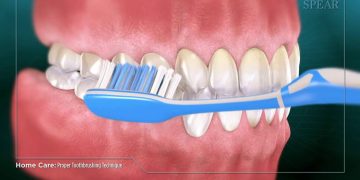
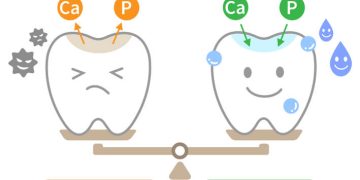
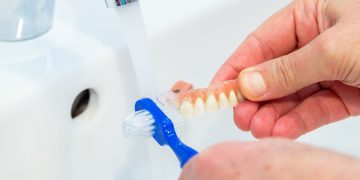




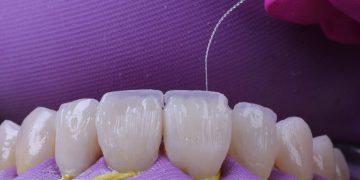
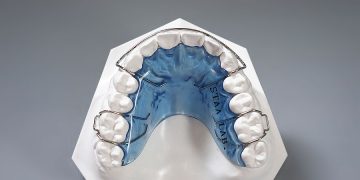

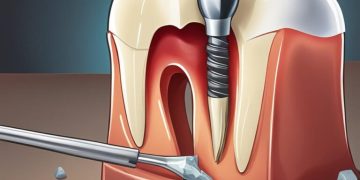
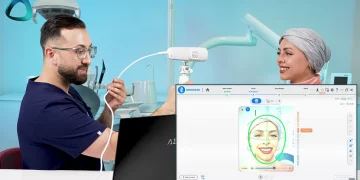


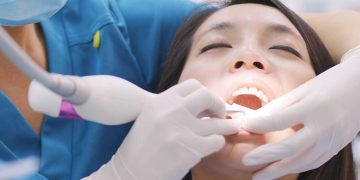

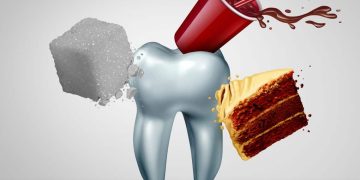







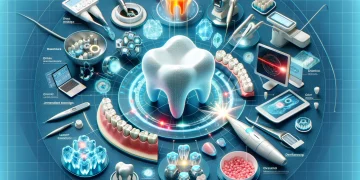



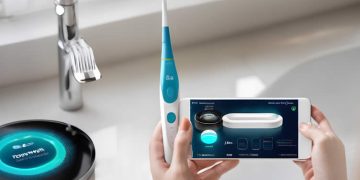















Discussion about this post